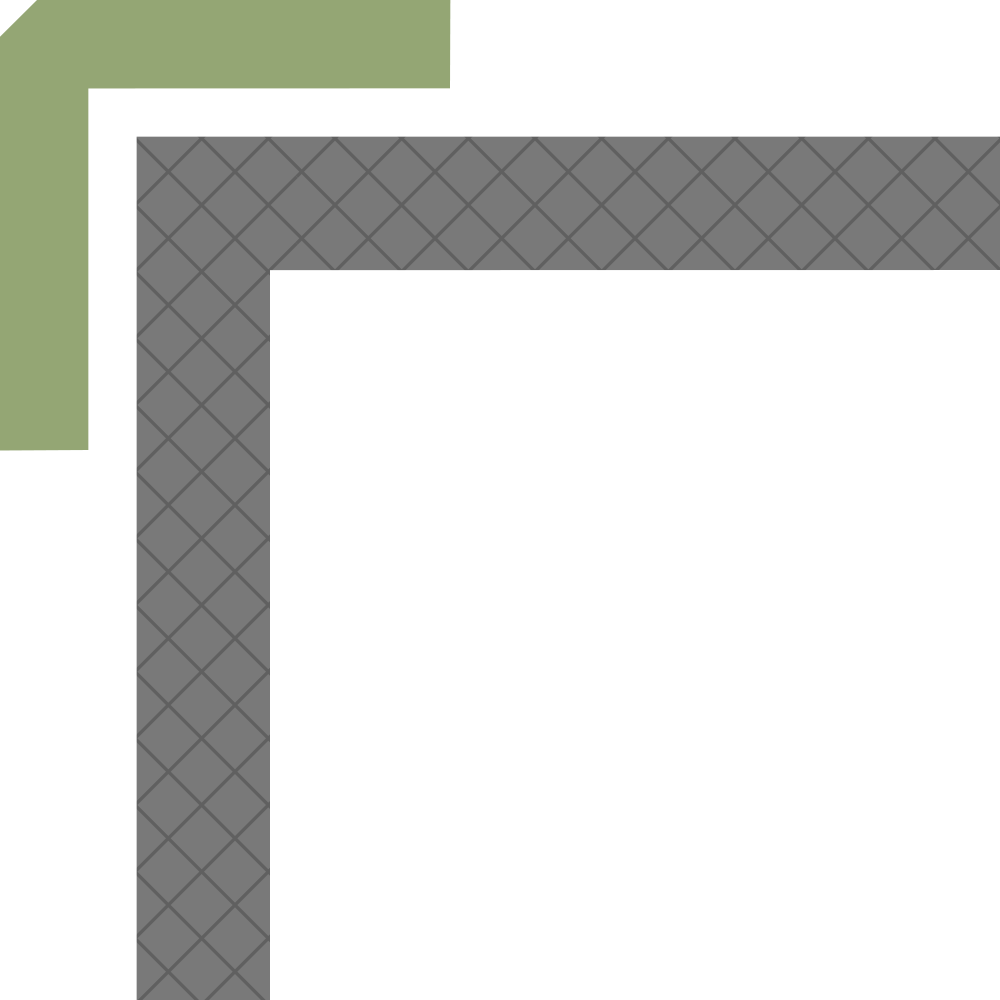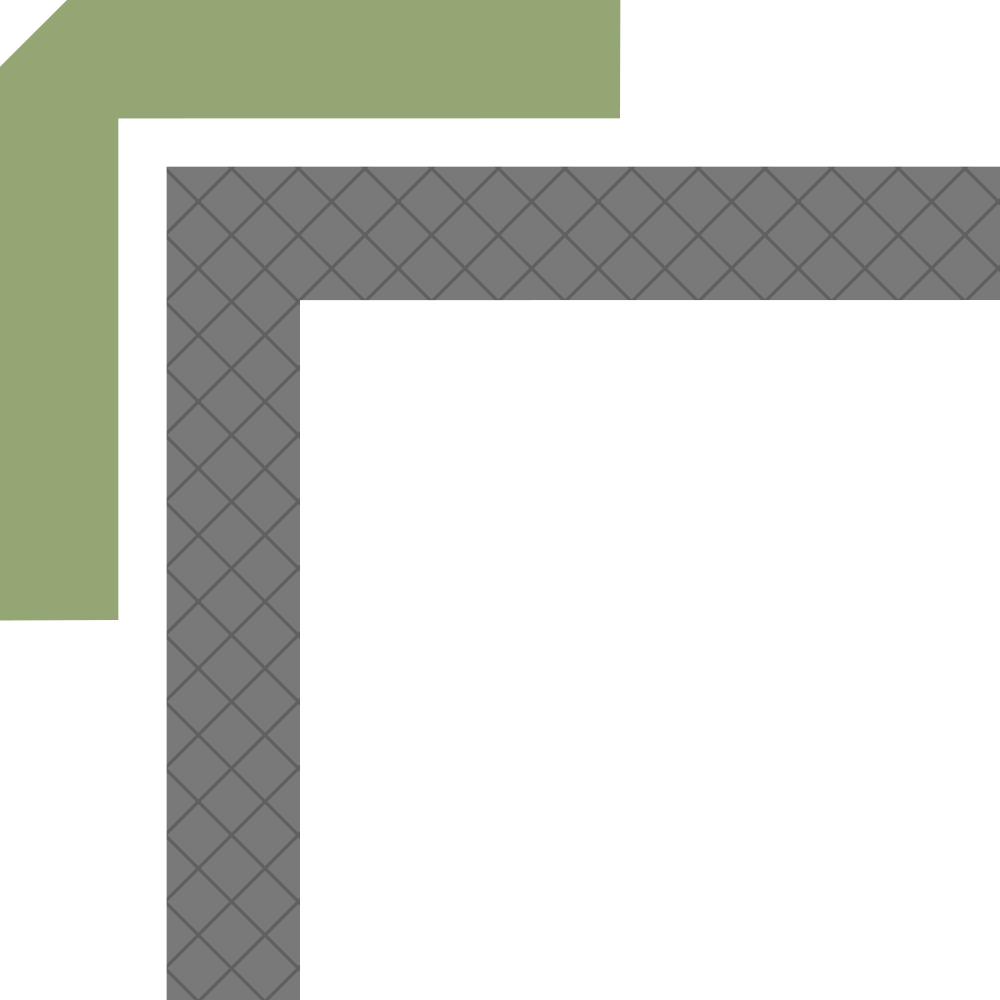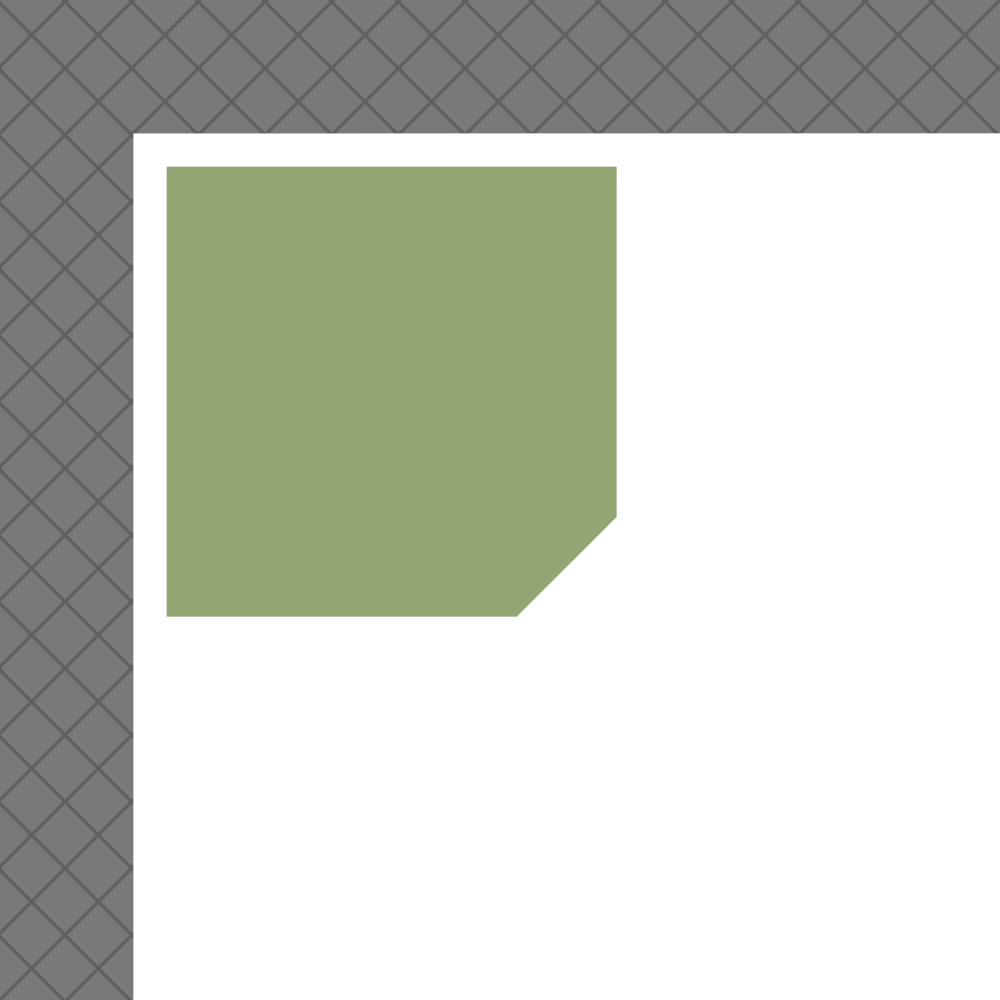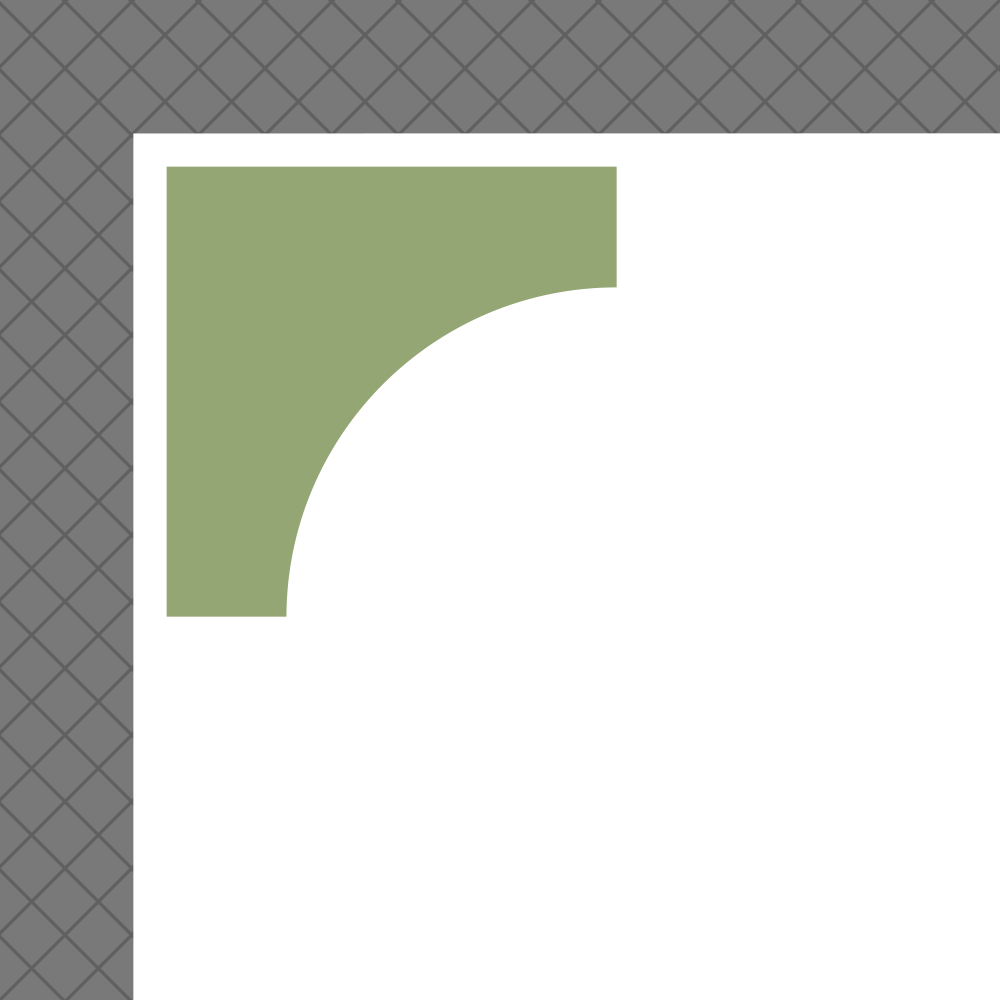Shiplap is a profile that partially overlaps the adjacent board, creating shadow line effects, provides excellent weather protection and allowing for dimensional movement.
Shiplap provides excellent weather protection, especially when installed horizontally. The channel in shiplap allows water to run off quickly after exposure to rain, making it more suited to harsher weather environments than some of the contemporary alternatives.
A big advantage of a ‘lapped’ board (without a rebated joint) over a tongue and groove design is the ability to remove a single board if it becomes damaged or you need access behind it, rather than having to strip off multiple boards.
Historically this has been viewed as a more traditional cladding finish and is typically machined on wider boards than the more contemporary alternatives.
| Profile name | Shiplap |
|---|---|
| Woods | British Cedar Canadian Cedar |
| Finish | Machined |
| Appearance | Traditional / Modern / Rustic |
| Orientation | Horizontal |
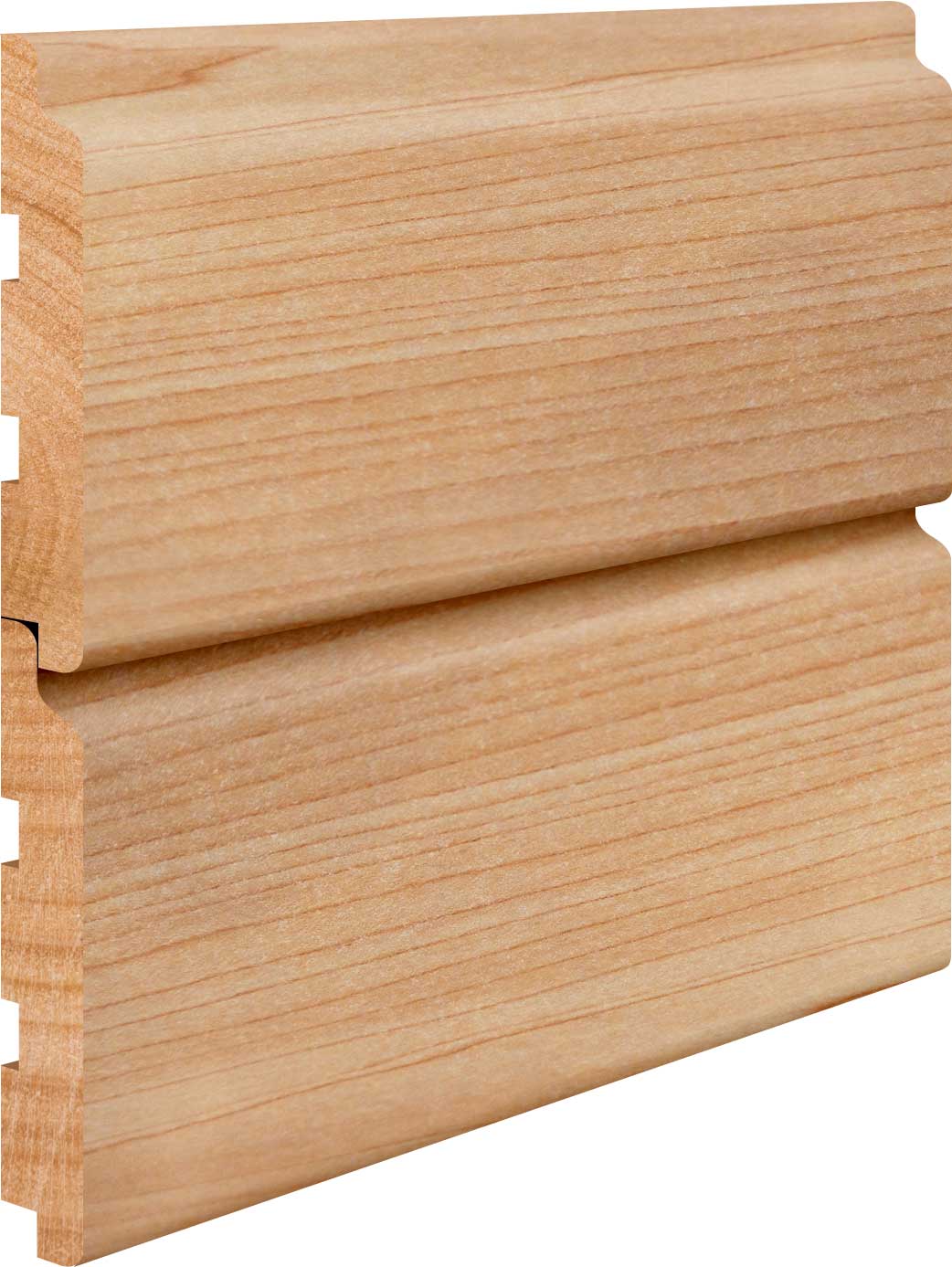
| Widths | Face Cover | Lengths | Depths |
|---|---|---|---|
| 40mm | 30mm | 2.4 & 3.6m | 18mm |
| 65mm | 55mm | 2.4 & 3.6m | 18mm |
| 90mm | 80mm | 2.4 & 3.6m | 18mm |
| 140mm | 130mm | 2.4 & 3.6m | 18mm |
Illustration shows Shiplap cladding profile in British Cedar wood at 140mm width. Not to actual scale.
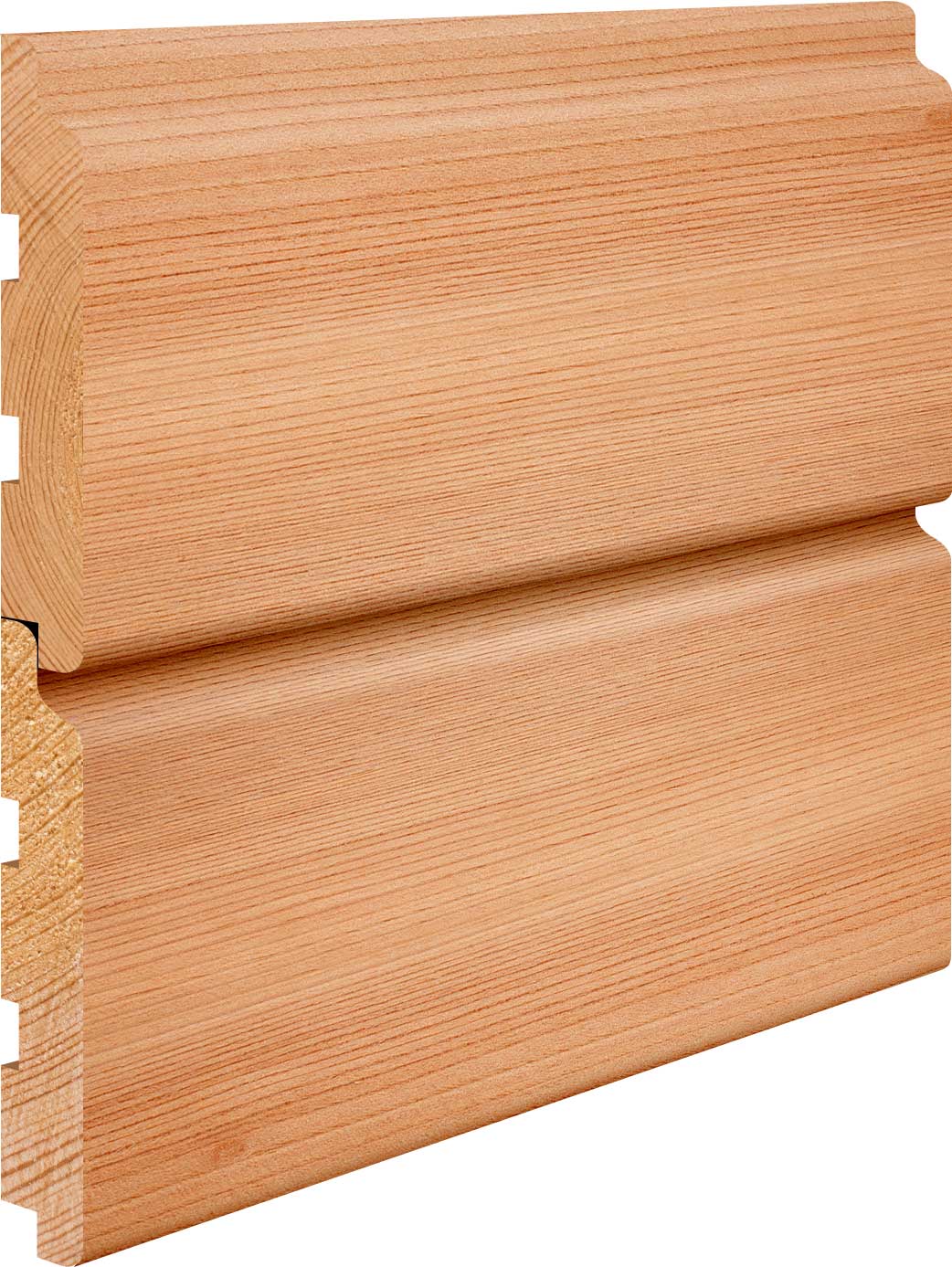
| Widths | Face Cover | Lengths | Depths |
|---|---|---|---|
| 44mm | 34mm | 1.83 to 4.9m | 18mm |
| 69mm | 59mm | 1.83 to 4.9m | 18mm |
| 94mm | 84mm | 1.83 to 4.9m | 18mm |
| 144mm | 134mm | 1.83 to 4.9m | 18mm |
Illustration shows Shiplap cladding profile in Canadian Cedar wood at 144mm width. Not to actual scale.
